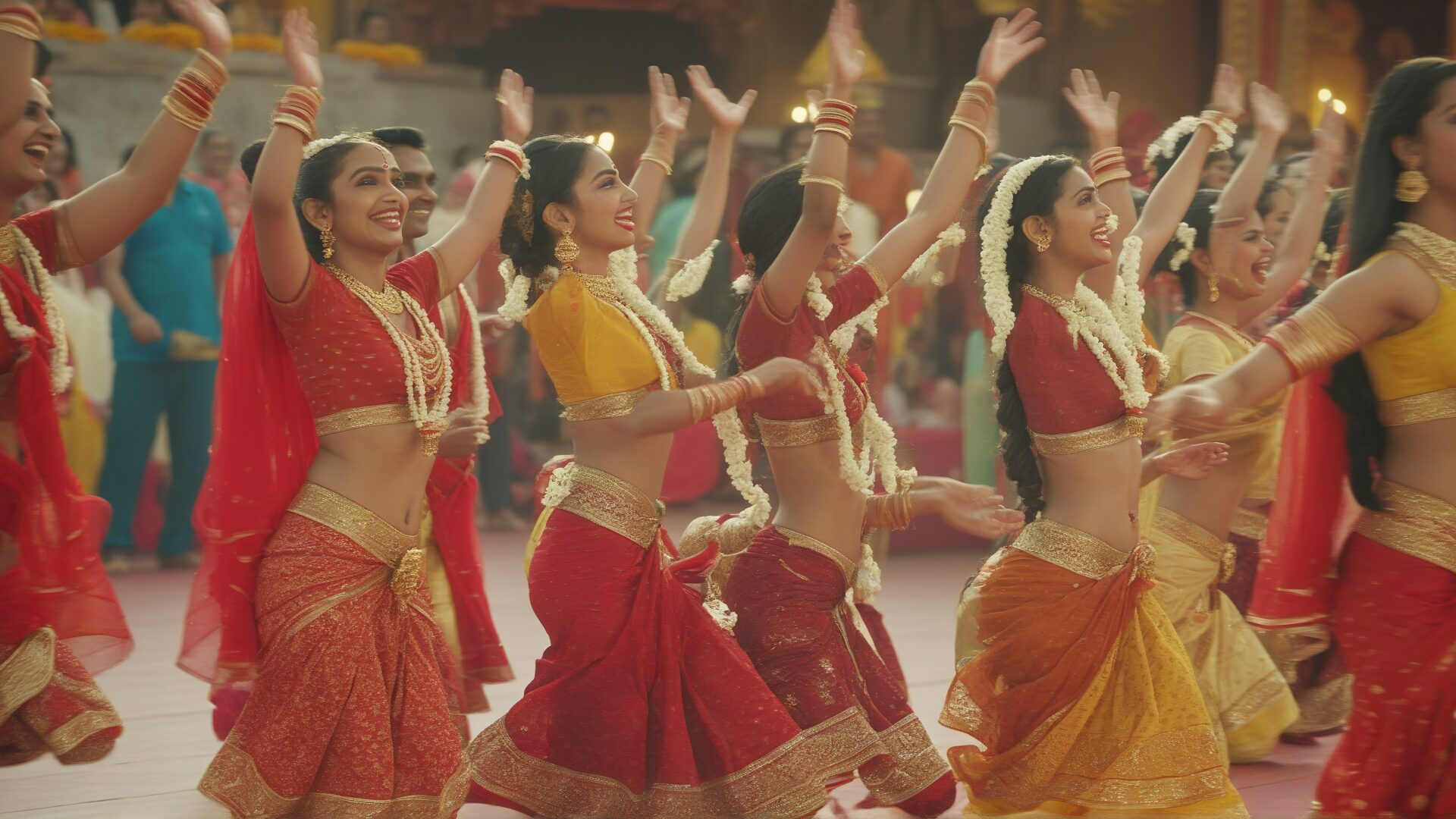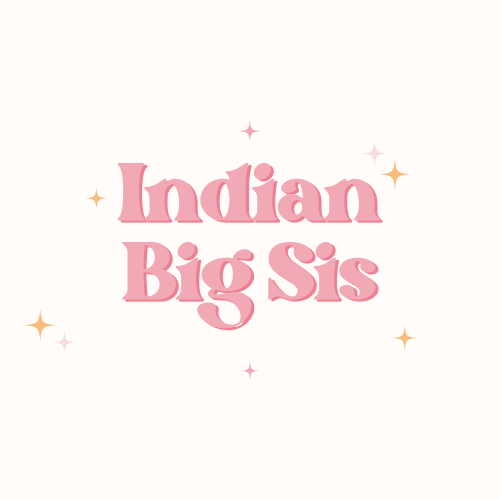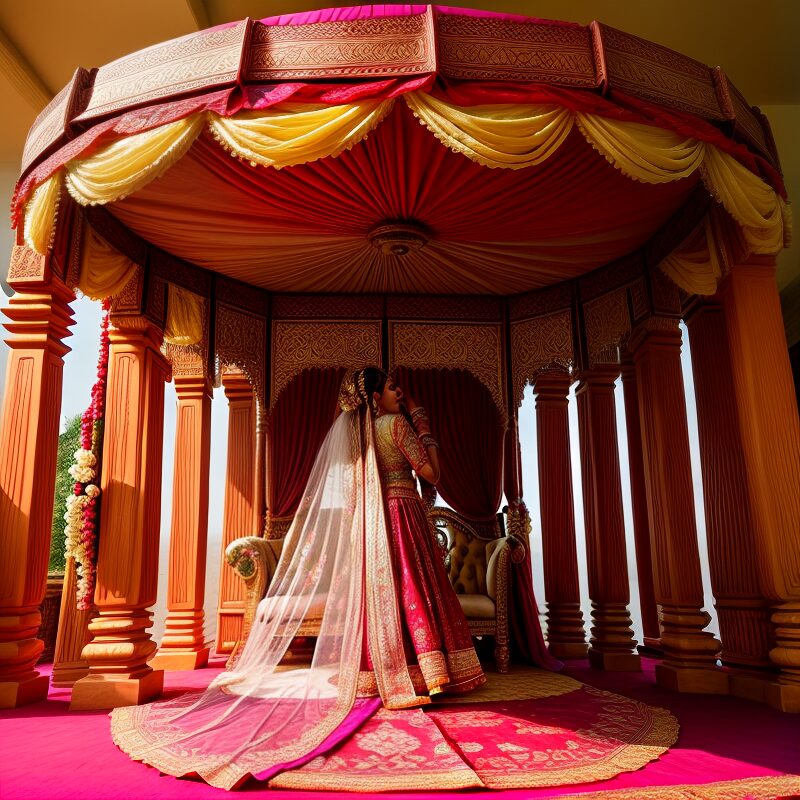The Ultimate Guide to Indian Weddings
Discover the rich traditions, vibrant ceremonies, and cultural significance of Indian weddings. Prepare yourself to fully appreciate and enjoy these grand celebrations.
A Celebration Like No Other
The Grandeur of Indian Weddings
Indian weddings are a spectacular blend of rituals, colors, and emotions. These multi-day events are not just a union of two individuals but a celebration of love, family, and cultural heritage. Understanding the customs and traditions can enhance your experience and appreciation of these magnificent ceremonies.
Pre-Wedding Ceremonies
The Journey Begins
Before the main wedding day, several pre-wedding ceremonies set the stage for the grand event. The Engagement (Sagai) marks the official commitment between the bride and groom’s families. The Mehndi ceremony involves intricate henna designs applied to the bride and her bridesmaids, symbolizing joy and beauty. The Haldi ceremony, where turmeric paste is applied to the couple, serves as a purification ritual, blessing them with prosperity and warding off evil spirits.
These pre-wedding rituals are not only rich in cultural significance but also provide an opportunity for families to bond and celebrate together, creating unforgettable memories.
Wedding Day Rituals
The Baraat marks the groom’s grand arrival at the wedding venue, accompanied by his family and friends in a lively procession filled with music and dancing. This joyous celebration sets the tone for the day’s events.
During the Jai Mala ceremony, the bride and groom exchange flower garlands, symbolizing their acceptance and respect for each other. This ritual is a beautiful representation of their mutual commitment.
The Mangal Phera involves the couple walking around a sacred fire seven times, each round signifying a vow they make to each other. This ancient practice is believed to invoke divine blessings for a prosperous and harmonious marriage.
Post-Wedding Ceremonies
Vidaai and Reception
The Vidaai is an emotional farewell where the bride bids adieu to her family, symbolizing her transition to a new phase of life with her husband. It is a poignant moment filled with tears and blessings.
The Reception is a grand celebration hosted by the groom’s family, featuring music, dancing, and a lavish feast. This event allows both families to come together and celebrate the newlyweds in a joyous and festive atmosphere.
These post-wedding ceremonies encapsulate the blend of emotions and festivities that make Indian weddings truly unforgettable. They mark the end of the wedding journey and the beginning of a new chapter for the couple.
Traditional Attire
Bride and Groom
The bride’s attire is a significant aspect of Indian weddings, often featuring a red or maroon lehenga adorned with intricate embroidery and embellishments. She accessorizes with gold jewelry and a dupatta, which symbolizes modesty and grace.

The groom typically wears a sherwani, a long, ornate coat paired with fitted pants. This ensemble is complemented by a turban or pagdi, which signifies honor and respect. The groom’s attire is as elaborate as the bride’s, reflecting the grandeur of the occasion.
Delicious Indian Wedding Cuisine
A Culinary Journey
Indian weddings are renowned not only for their vibrant ceremonies but also for their exquisite cuisine. The food served at these celebrations is a feast for the senses, featuring a variety of flavors, textures, and aromas that reflect the rich culinary heritage of India. Popular dishes such as Biryani, Tandoori chicken, and Samosas are staples at these events, each carrying its own cultural significance. Biryani, a fragrant rice dish often made with meat or vegetables, symbolizes festivity and abundance. Tandoori chicken, marinated in a blend of spices and cooked in a traditional clay oven, represents the art of Indian barbecue. Samosas, deep-fried pastries filled with spiced potatoes and peas, are beloved appetizers that add a touch of comfort and familiarity. These dishes, along with an array of other regional specialties, make Indian wedding feasts a memorable gastronomic experience.
Dress Code for Indian Weddings
Attending an Indian wedding is a unique experience, and dressing appropriately is key to respecting the cultural norms and fully enjoying the event. For women, traditional Indian attire such as sarees, lehengas, or Anarkali suits are highly recommended. These outfits, often adorned with intricate embroidery and embellishments, add to the festive atmosphere. Accessorizing with jewelry and a clutch can complete the look. While Western outfits like gowns or dresses are also acceptable, it’s best to avoid colors like white and black, as well as overly revealing attire. For men, a traditional kurta pajama or sherwani is a popular choice. These garments are not only stylish but also comfortable, allowing for ease of movement during the numerous rituals and dances. Alternatively, men can opt for a suit or a blazer paired with dress pants. Comfortable footwear is essential, given the long hours of celebration. By adhering to these guidelines, guests can show their respect for the traditions while looking their best.
Understanding the dress code for an Indian wedding can enhance your experience and help you blend in seamlessly with the festivities. Women have a variety of options, from the elegant saree to the more contemporary Anarkali suit. These outfits are often vibrant and richly decorated, reflecting the joyous nature of the occasion. Men can choose between traditional attire like the sherwani or more modern options like a well-fitted suit. Regardless of the choice, the key is to wear something that is both respectful and comfortable, as Indian weddings are known for their extended celebrations. By dressing appropriately, guests can participate in the rituals and dances with confidence and ease, making the event even more enjoyable.
Thoughtful Gift Ideas
Perfect Presents for Indian Weddings
Choosing the right gift for an Indian wedding can be a delightful yet challenging task. Cash gifts are a traditional and highly appreciated option, as they help the newlyweds start their new life together. Presenting the cash in a decorative envelope or pouch adds a personal touch. Home appliances are another practical choice, providing the couple with useful items as they set up their new home. Personalized gifts, such as customized photo frames, wall art, or accessories with the bride and groom’s initials, can make a memorable and heartfelt present. Experiences, like a relaxing spa day, a romantic dinner, or a honeymoon package, offer the couple a chance to create lasting memories together. By selecting a thoughtful and practical gift, guests can contribute to the couple’s happiness and help them embark on their new journey with joy and love.
When attending an Indian wedding, it’s important to consider gifts that are both meaningful and useful for the couple. Monetary gifts are a common and valued choice, often given in beautifully decorated envelopes. These contributions can significantly aid the couple as they begin their married life. Practical gifts, such as kitchen appliances, bed linens, or home decor items, are also well-received, offering the couple essentials for their new home. Personalized gifts add a special touch, showing thoughtfulness and care. Customized items like photo frames or wall art featuring the couple’s initials can serve as cherished keepsakes. Additionally, gifting experiences such as a spa day or a romantic getaway can provide the newlyweds with opportunities to relax and enjoy each other’s company. By choosing a gift that reflects the couple’s needs and preferences, guests can make a meaningful contribution to their special day.

